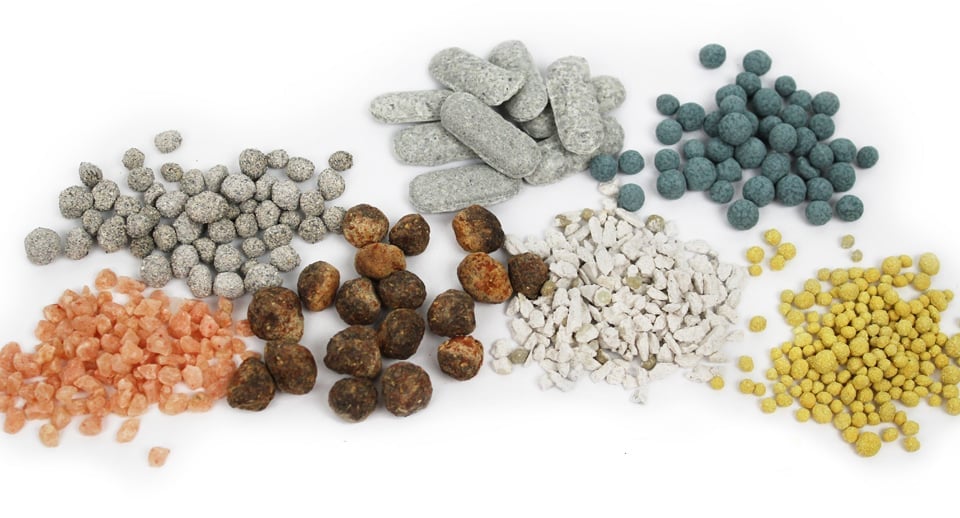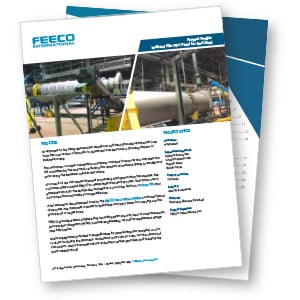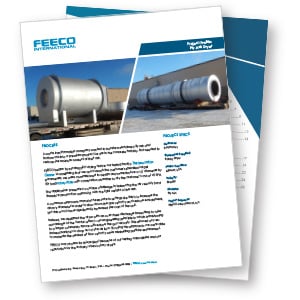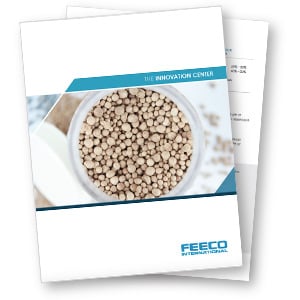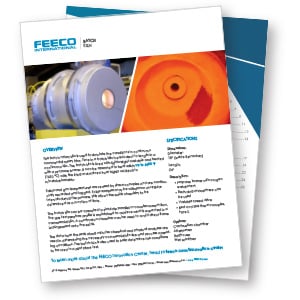FEECO WASTE TRANSFORMATION
Whether you have a material you’re currently landfilling, or a process by-product that goes to waste because it’s not usable in its current form, FEECO can develop a process around your intended goal to transform your material into a value-added product. We utilize our unique testing facility, The Innovation Center, to test your material at both batch and pilot scale in order to determine the feasibility of the intended process and simulate commercial process conditions. We then use the data gathered during testing to scale up the process and engineer the equipment needed to carry out the process.
Our process experts can apply a variety of methodologies to upgrade your waste material or process by-product. This can include agglomeration, granulation, drying, and high temperature thermal processing, or a combination of these techniques. Our process experts frequently develop processes to:
- Create a marketable product from a waste or process by-product
- Upgrade the value of a material through refinement
- Recover valuable materials from valueless carriers
- Increase the value of a material through improved characteristics
Some transformations include turning sludges into organic-based fertilizers, clays and saw dust into cat litter, fuel pellets from petroleum coke dust, and recovering valuable metal from spent batteries.
When FEECO converts a customer’s waste into a usable, profitable product, we are also helping that customer prevent wastes from ending up in landfills, creating a win-win situation for both the customer and the environment.
| Partial Materials Converted to Higher End Use Products | |
| Beginning Material | Final End Product |
| Ammonium Sulfate | Granular Fertilizer |
| Ash (Wood, Fly) | Granular Fertilizer |
| Bentonite Clay | Cat Litter Granules |
| Biomass | Biochar, Activated Carbon |
| Bone Meal | Granular Fertilizer |
| Calcium Carbonate | Granular Fertilizer |
| Calcium Chloride | Ice Melt Pellets |
| Calcium Sulfate | Granular Fertilizer |
| Carbon Black Dust | De-dusted Pellets |
| Cell Phone Batteries | Lithium, Zinc Metal Recovery |
| Cement Kiln Dust | Granular Calcium Fertilizer |
| Ceramic/Aluminum | Refractory |
| Clay | Proppants |
| Clay | Cat Litter, Oil Dry Granules, Encapsulate Seeds |
| Coal Dust | De-dusted Coal Pellets |
| Composts (Yard Waste) | Granular Fertilizer |
| Copper Dust | Metal Recovery Pellets |
| Corn Cobs | Cat Litter, Oil Dry Pellets |
| Diatomaceous Earth | Filter Agent |
| Dredge Sludges | Non-leaching Granules |
| Electric Arc Furnace (EAF) Dusts | Metal Recovery |
| Ethanol Plant Waste (DDG) | Animal Feed |
| Foundry Dust | Metal Recovery |
| Glass Batch | Glass Blend |
| Gold Ore Dust | Precious Metal Recovery |
| Grain Dust | Non-explosive Pellets |
| Gypsum | Granular Fertilizer |
| Gypsum Wallboard Waste | Granular Fertilizer, Cat Litter Pellets |
| Humate | Granular Fertilizer |
| Iron Ore | Metal Recovery Pellets |
| Iron Oxide | Metal Recovery Pellets |
| Kaolin Clay | Paper Coating |
| Lime (Wastewater Treatment Sludge) | Granular Calcium Fertilizer |
| Limestone | Granular Calcium Fertilizer |
| Manure – Cattle/Chicken/Hog | Granular Fertilizer |
| MAP Fertilizers | Granular Fertilizer |
| Mined Frac Sand | Dried Frac Sand |
| Municipal Wastes | Granular Fertilizer, Fuel Pellets |
| Nickel Ore | Metal Recovery Pellets |
| Nitrogen Fertilizers | Granular Fertilizer |
| NPK Blends | Granular Fertilizer |
| Paper Sludge | Granular Fertilizer, Cat Litter |
| Paper Sludge | Bright White Clay |
| Petroleum Coke Dust | Fuel Pellets |
| Phosphates Powder | Granular Fertilizer |
| Potassium Chloride | Granular Fertilizer |
| Raw Coal | Purified Coal |
| Saw Dust | Cat Litter, Fuel Pellets |
| Soda Bottles | Recycled Plastic |
| Soy Flour | Animal Feed |
| Steel Dusts and Sludges | Metal Recovery Pellets |
| Sugar | Sugar Pellets |
| Sulfur Dust | Non-explosive Pellets |
| Sulfur Stack Emissions | Granular Fertilizer |
| Talc Ore | Sterilized Baby Powder |
| Tar Sands Waste Sludge | Substitute Fuel Pellets |
| Titanium Dioxide | Pigment Pellets |
| Titanium Metal Shavings | Metal Recovery |
| Tungsten Oxide | Metal Recovery Pellets |
| Zinc Oxide | Metal Recovery Pellets |
RESOURCES
PROJECT PROFILES
WASTE TRANSFORMATION ARTICLES
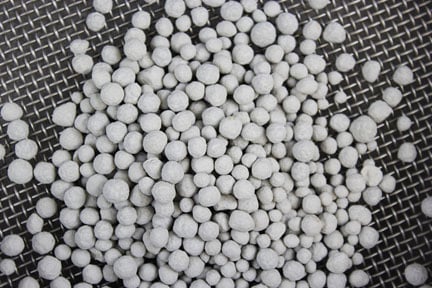
Agglomerating Materials for Landfill
Agglomeration is frequently recognized as a process step that produces more marketable end products, such as fertilizers, pharmaceuticals, and food powders, …
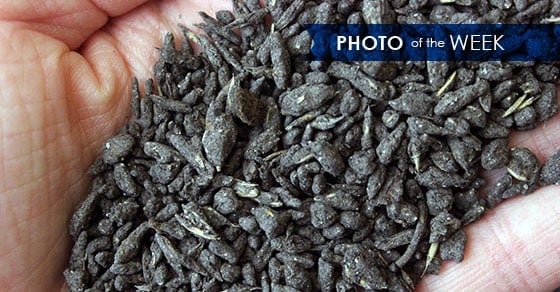
Photo of the Week: Encapsulated Seed Product
This week’s photo highlights an encapsulated seed product. FEECO worked with a company, Encap, to transform short fibers from waste paper …

